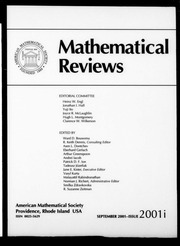Strong Ties vs. Weak Ties: Studying the Clustering Paradox for Decentralized Search
Weimao Ke, Javed Mostafa
2009
Annual International ACM SIGIR Conference on Research and Development in Information Retrieval
We studied decentralized search in information networks and focused on the impact of network clustering on the findability of relevant information sources. ...
By applying topical clustering and a clustering exponent α to guide network rewiring, we studied the role of strong ties vs. weak ties, particularly their influence on distributed search. ...
Singh, Diane Kelly, Jeffrey Pomerantz, and Simon Spero, and constructive comments from LSDS-IR'09 reviewers. We thank the NC Translational and Clinical Sciences (TraCS) Institute for support. ...
dblp:conf/sigir/KeM09
fatcat:3kymzgoekfaudklxp6td6jzwm4














